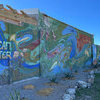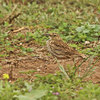Creative Works Award for Womb of Fire
13 December 2018 | Story Helen Swingler. Read time 7 min.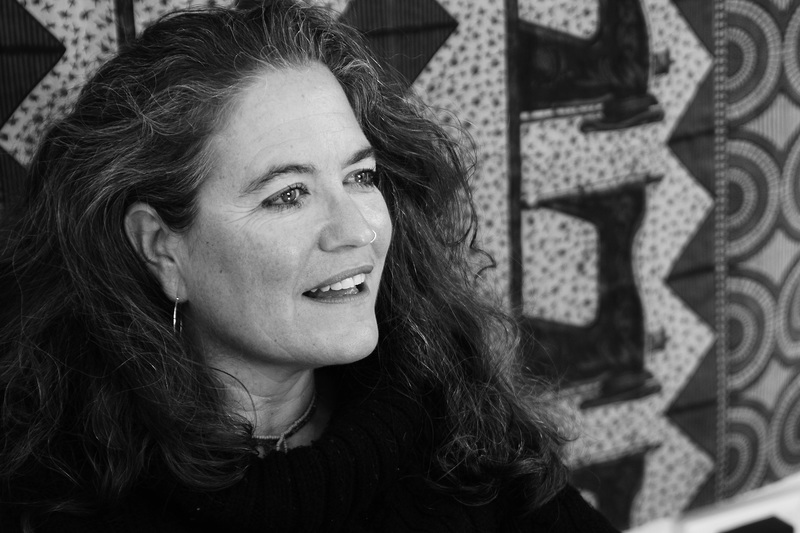
Dr Sara Matchett’s award-winning theatre production Womb of Fire addresses how centuries of violence in South Africa continue to play out on women’s bodies. Matchett is with the University of Cape Townʼs (UCT) Centre for Theatre, Dance & Performance Studies, and received her Creative Works Award at today’s graduation.
Set against an episode from the Indian epic The Mahabharata, the play interweaves personal narrative and contemporary realities with the lives of two women from the founding years of the Cape Colony to interrogate the Womb of Fire that birthed South Africa.
Conceptualised by Matchett and Rehane Abrahams, written by Abrahams and directed by Matchett, the play follows the first female bandit slave Grote Katrijn van Pulicat’s journey across India to Batavia, and then to Cape Town. It also explores the brutal life of Zara, a Khoekhoen servant woman who was violently punished posthumously by the Dutch East India Company (VOC) for the crime of suicide.
“Womb of Fire looks at the power of the performing female body to challenge the pornography of Empire, in the process decolonising and retrieving itself. The play reaches back and forward across time to reassemble the dismembered body, allowing it to speak,” said Matchett.
Matchett and Abrahams have known each other since their late teens. They co-founded The Mothertongue Project in 2000 and have collaborated on numerous projects. Womb of Fire is their second theatre production.
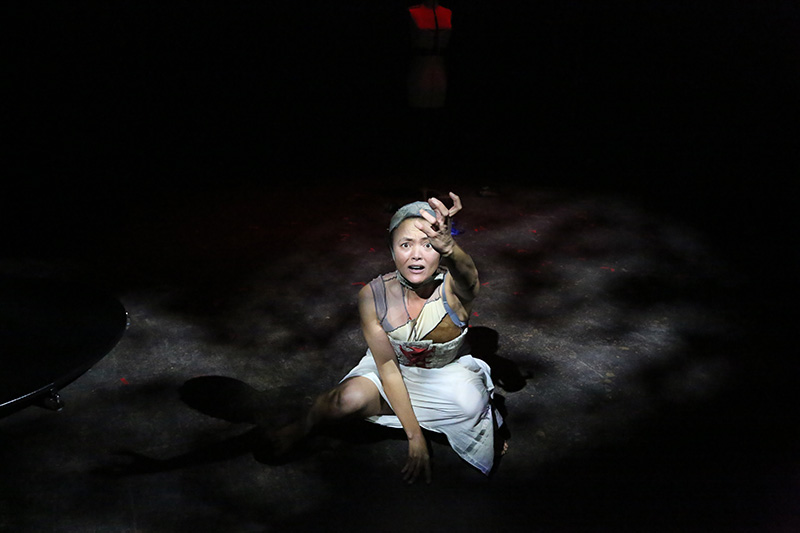
Biography of the body
Abrahams was also one of Matchett’s co-researchers on her PhD project, and it was during this period that they agreed to pursue the idea of making another theatre work together.
The process of generating the material for the text made use of the performance-making methodology of Matchett’s PhD research. The method specifically focuses on interrogating the relationship between breath and emotion, and breath and image, to make performance that is “inspired by a biography of the body”.
“It explores the relationship between body, breath and felt sensations, and how this impacts on the imagination in processes of generating images for performance making. The research that Womb of Fire interrogates is around translation as an embodied process that explores the body as a site for generating images for purposes of performance making,” said Matchett.
“The process draws from various traditions, methods and somatic practices, such as yoga, Fitzmaurice Voicework, the Sanskrit system of rasa, body mapping and free writing.
“The method of performance making, in this context, addresses how the post-slave body practically translates the archival narratives, and how these intersect with the biological/personal.”
Intersections
Abrahams’s ancestry includes indigenous first people, or Khoekhoen, Indonesian, European and Southern Indian.
“In Womb of Fire she is concerned with articulating the erased intersections of slavery, colonialism, religion, patriarchy and apartheid embedded within this identity and with/on her brown, female body,” said Matchett.
“Her practice has been generated through an ‘excavation’ of her own body as the site of these intersectional erasures.”
In contrast, Matchett is a white South African theatre maker, academic and sometimes performer, of Dutch, Irish, Scottish and British decent.
“My early Dutch ancestors are recorded as slave owners in the Cape Colony during the 1600s.
“I consider it necessary to challenge the silencing and marginalisation of women’s stories and view theatre and performance as an effective means to achieve this.”
“I consider it necessary to challenge the silencing and marginalisation of women’s stories, and view theatre and performance as an effective means to achieve this.”
When she and Abrahams committed to making a new work, Abrahams knew she wanted to include the archival narratives of Groote Catrijn and Zara.
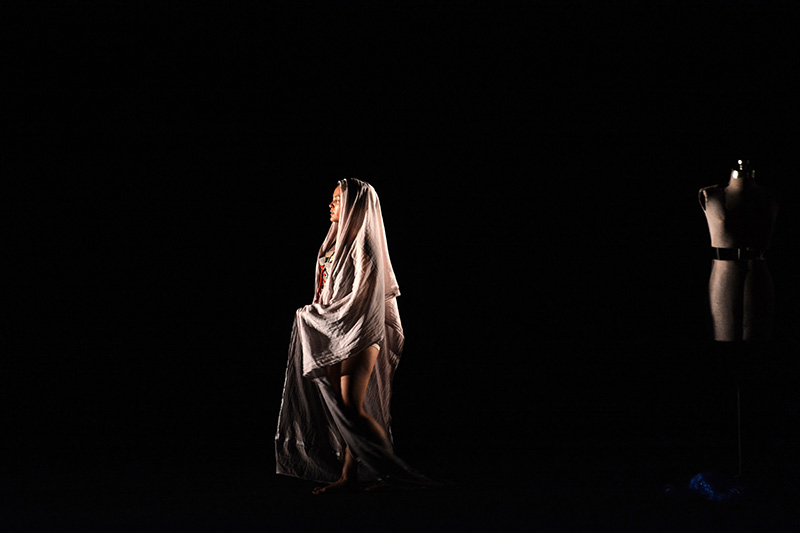
“I thought we needed a myth to contain and translate these narratives. I felt that a myth, because of its folkloric and timeless qualities, would allow the archival narratives to weave in and around one another as well as in and around Abrahams’s personal narrative.
“Having experienced Kalakshetra Manipur’s staged adaptation of Mahasweta Devi’s short story Draupadi in Manipur in 2015, we turned to the episode of Draupadi from The Mahabharata as a starting point.”
Abrahams rewrote and translated the myth by weaving in moments from theatre company Kalakshetra Manipur’s adaptation, as well as from Pumla Gqola’s 2015 account of the Jacob Zuma rape trial, along with moments from her own lived experience.
“The myth was able to reference the meta narrative of the all-pervasiveness of patriarchal, colonial, racial and sexual violence that spans the made-up world of myth, the real world of historical figures, autobiographical experiences, geographies/space and time,” said Matchett.
“We generated a list of key images from these narratives and I verbally fed these to Rehane as she engaged the method. I used a smartphone to record her as she free spoke. Rehane then transcribed the recordings before starting the process of writing the text that would become Womb of Fire.”
In some instances, the transcribed texts were directly incorporated into the play text and in others, recurring images made their way into the text.
“The process of translating the play text into a performance text seemed to be aided by the vivid recurring images generated during the first phase of the making process,” said Matchett.
Pornography of Empire
In terms of the power of the performing female body to challenge the “pornography of Empire”, in the process decolonising and retrieving itself, the text explores the intersections between imperialism and pornography, she added.
“It draws correlations between the appropriation (read stealing) and colonisation of land and the exploitation, appropriation and colonisation of women’s bodies.”
“It draws correlations between the appropriation (read stealing) and colonisation of land and the exploitation, appropriation and colonisation of women’s bodies. All three women characters in Womb of Fire are trafficked, sold and sexually exploited. Through exploring the female body as a site of and for resistance, the work seeks to challenge this continued exploitation and appropriation.
“Through the performance, we aim to reclaim the power of the female body and in so doing challenge the appropriation and exploitation of our bodies that continues to exist in our contemporary world.”
 This work is licensed under a Creative Commons Attribution-NoDerivatives 4.0 International License.
This work is licensed under a Creative Commons Attribution-NoDerivatives 4.0 International License.
Please view the republishing articles page for more information.
Research & innovation











